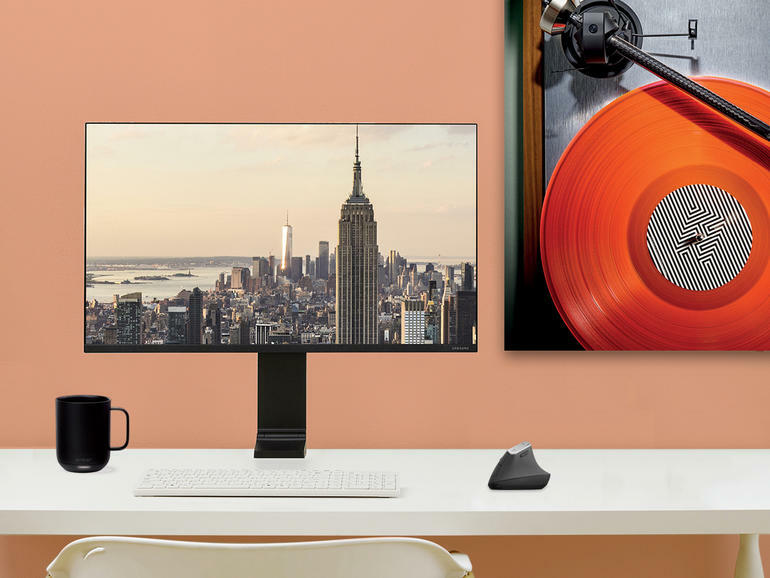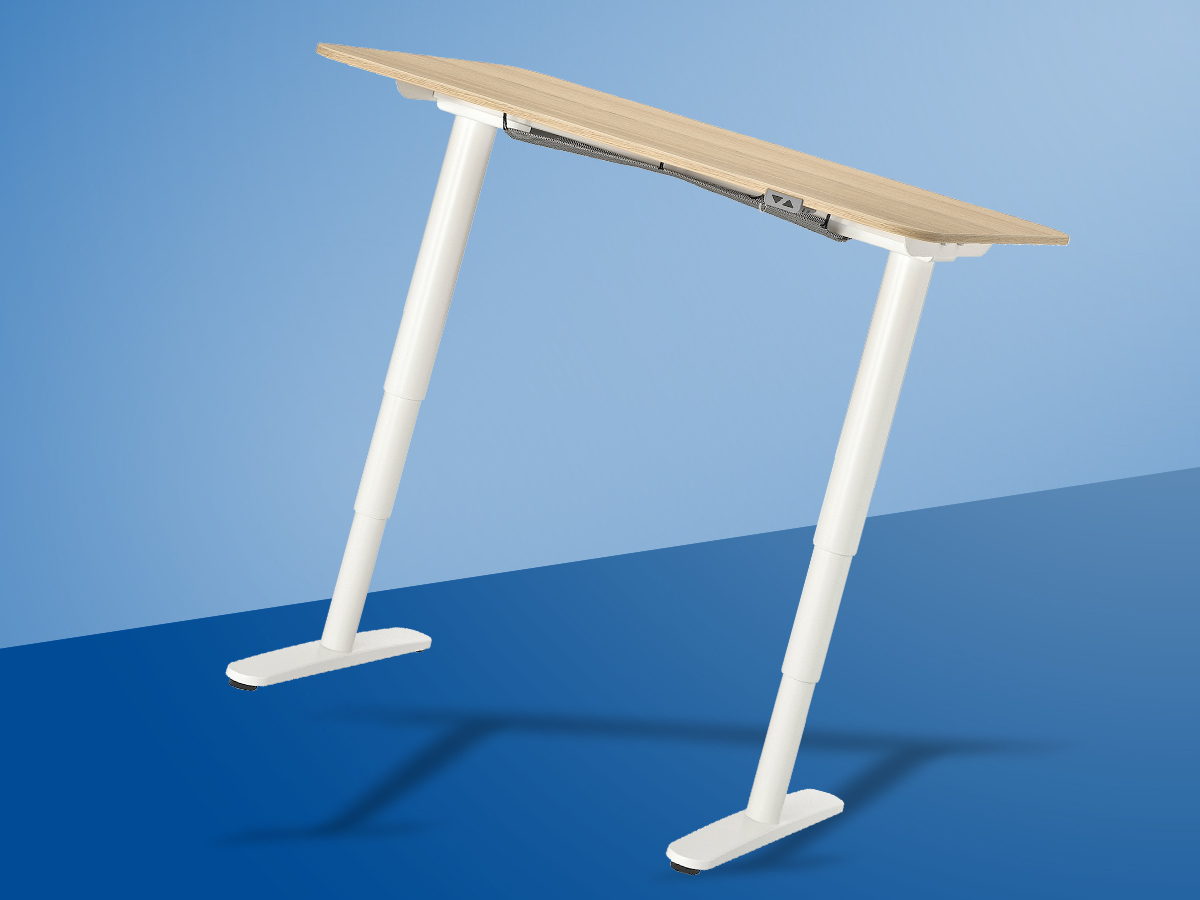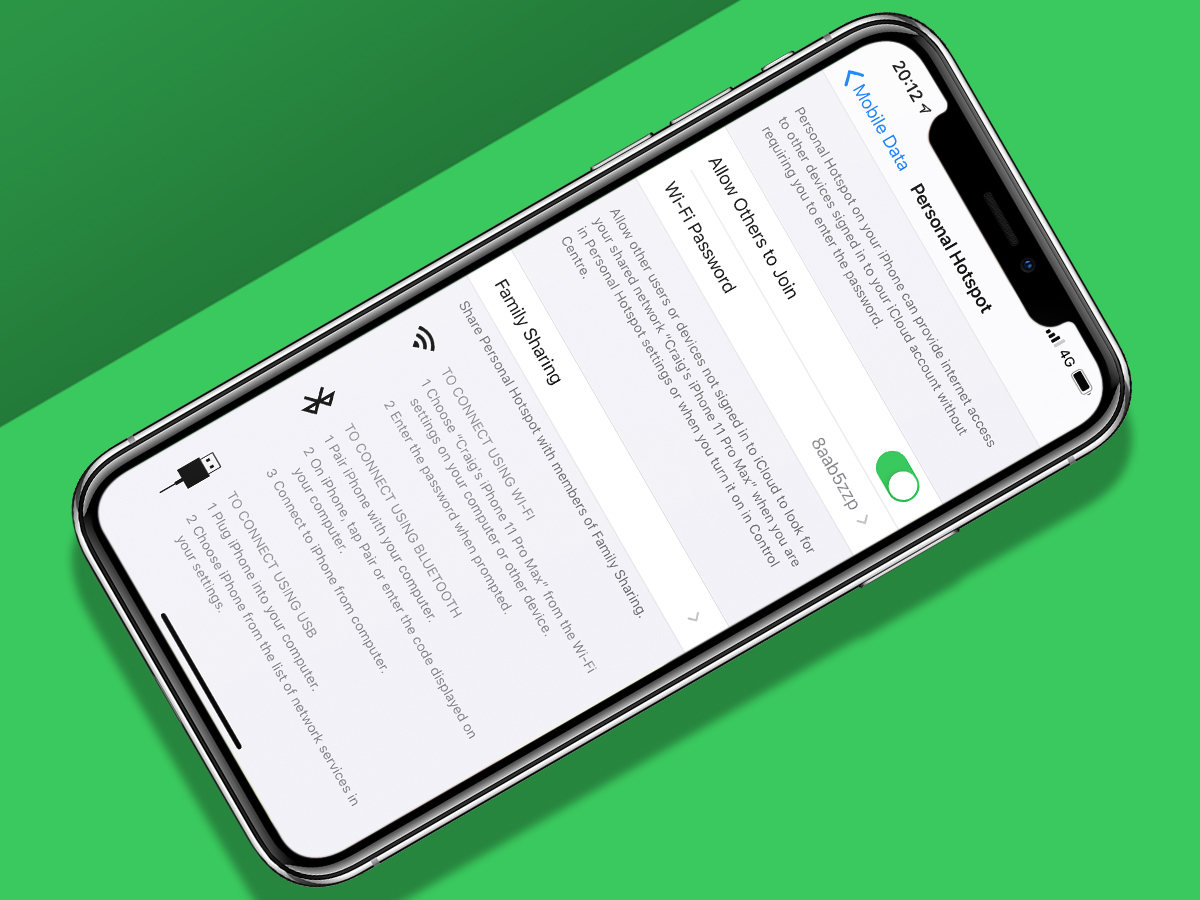How to work from home: the Stuff guide
Create a workspace! Get connected! Don’t spend all day in your pants!

Working from home doesn’t mean sitting at your work laptop in your pants, binging on Netflix, blissfully unaware of the deadlines about to whizz past your ears. If you want to get anything done (and potentially stay employed), you’re going to need to put at least some effort in. Luckily we’re here to help, with some useful tech to make WFH a lot less WTF.
The following tips, tricks and suggestions might not guarantee a pay rise or extra vacation days, but they’ll help you keep on top of your workload and maintain that all-important work/life balance. Best of all, some won’t even cost you a penny.
1. Keep a schedule

Don’t use the freedom that working from home brings to have a massive lie-in or loll about all day. But also don’t feel the need to work from the second you wake up, because you feel guilty you no longer have a commute.
Instead, echo your standard routine as much as possible. In fact, use an Amazon Echo — or your smart tech of choice — to set reminders about when to clock on, and when it’s time to ‘go home’.
Delve deeper… › 29 best Amazon Echo tips, tricks and secret features
2. Create a workspace
Don’t lie back on the sofa or sit at the dining table to tap away at your laptop. This will have your back and bum wanting to make a break for it after just a few days — and trust us, you need those.
Define somewhere that’s your ‘office’, even if it’s not a permanent place you can keep your laptop plugged in 24/7, and fashion a set-up as close to an actual office environment as possible: a decent chair; a place to stash things; and somewhere you can leave at the end of the work day.
3. Prioritise ergonomics

If you use a laptop, buy an external keyboard and a mouse or trackpad. If possible, get an external display, too, and have your eyeline peer at the top third of the display. At the very least, raise the laptop to that height, if you can’t afford a screen — a stack of books will do.
Also keep RSI and other conditions at bay by investing in a decent office chair, and use it correctly. (Not got this kind of set-up at actual work? Have a word with HR…) If you’re looking at long-term working from home, also consider a standing desk.
4. Manage social interactions

Being alone can be tough, and it’s easy to overdo social networking. Therefore, manage such interactions so they don’t overwhelm and become a distraction.
Use screen-time systems/apps, and think hard about what you use to communicate – and when. Slack is good for team-based chat, rather than deluging people with email or concocting confusing WhatsApp threads; try Zoom for video calls. Banish Facebook and Twitter to your phone, to avoid spending all day on them because you crave human contact.
5. Backup everything

Perhaps you work for a company with stringent policies on server-only documents. More likely, you don’t – in which case, you need a backup routine. Your boss won’t thank you if your laptop keels over, taking with it a vital presentation you’d made that was set to save your company.
Windows and macOS each have a built-in system for making local daily backups, and so set it up with an external portable hard drive. Also install Backblaze ($6 per month) to get a copy of everything you create into the cloud.
6. Get connected

Naturally you’ve got Wi-Fi at home. Until it fails — at which point you very rapidly need to figure out what to do next. It might not be viable to find somewhere local with free Wi-Fi you can get to.
In which case, ensure you’ve a decent mobile package, enabling you to tether your computer to your phone. Few networks charge extra for tethering these days, but check before you switch that hotspot on so you don’t get stung with a huge bill.
Equally, if you’ve been with one internet provider for years, be sure you aren’t on a metered connection that could end up throttled (or costing you a fortune) after a few big downloads.
7. Take regular breaks

At home, you usually have fewer distractions than at the office. Colleagues don’t drop by for a chat — or invite you to a long lunch. And that’s great until you realise with a jolt you’ve worked for ten hours solid and your back’s seized up.
So get a timer that reminds you to take regular breaks. Bear Focus Timer is cheap, and has the added advantage of putting your phone out of reach (by only running when it’s face down) while you’re supposed to be working. You (usually) don’t get paid extra for working through your lunch break, so make sure you take however much you’re permitted.
8. Get some exercise

Ideally, leave the house now and again, when you’ve the opportunity. While doing so, avoid any temptation to work – no replying to emails while out to lunch, for example. You need some downtime. When that’s not possible, at least exercise indoors.
You don’t need machines – just a floor and some willpower will do. On iPhone, Streaks Workout will help you quickly figure out a routine. Just avoid starting with its 30-minute (and suitably named) ‘extreme’ mode, or you’ll need several further weeks away from the office to recover. On Android? 321FIT is a good bet.
Get fit at home! › Home improvements: the 20 best fitness apps for gym-free workouts



